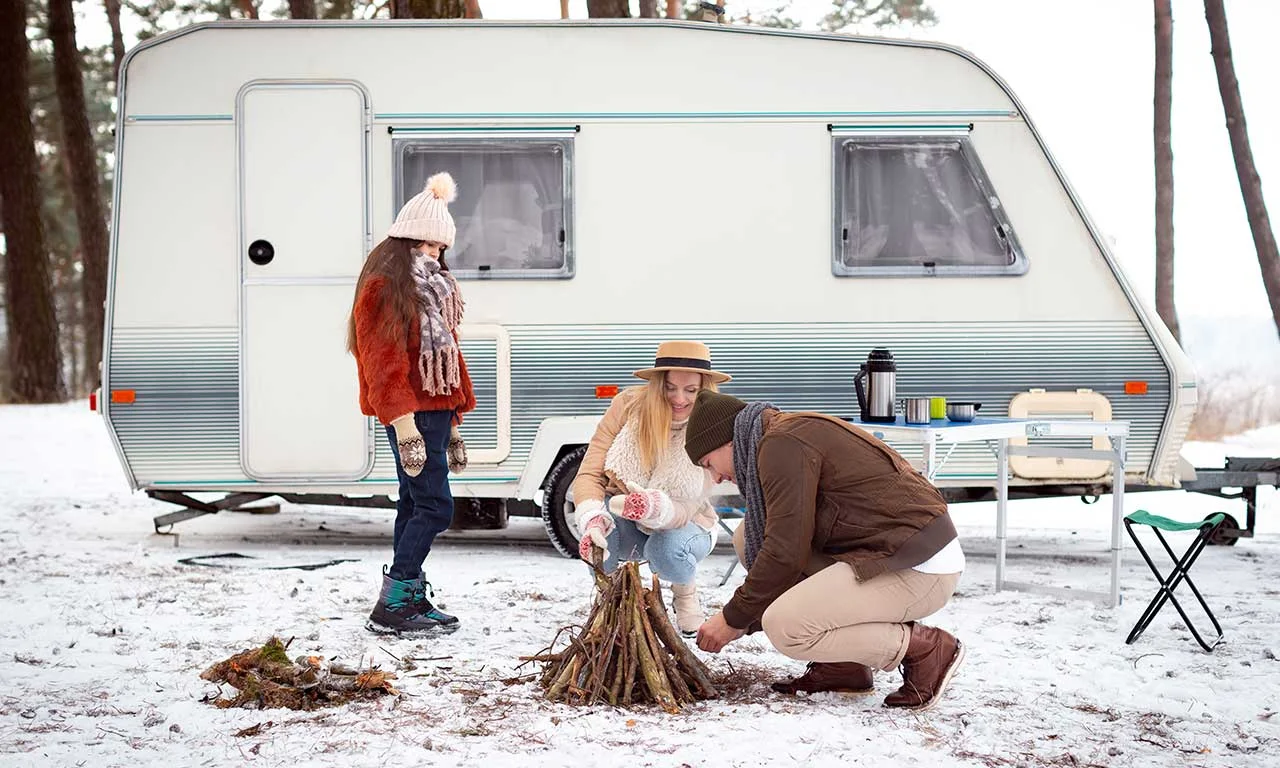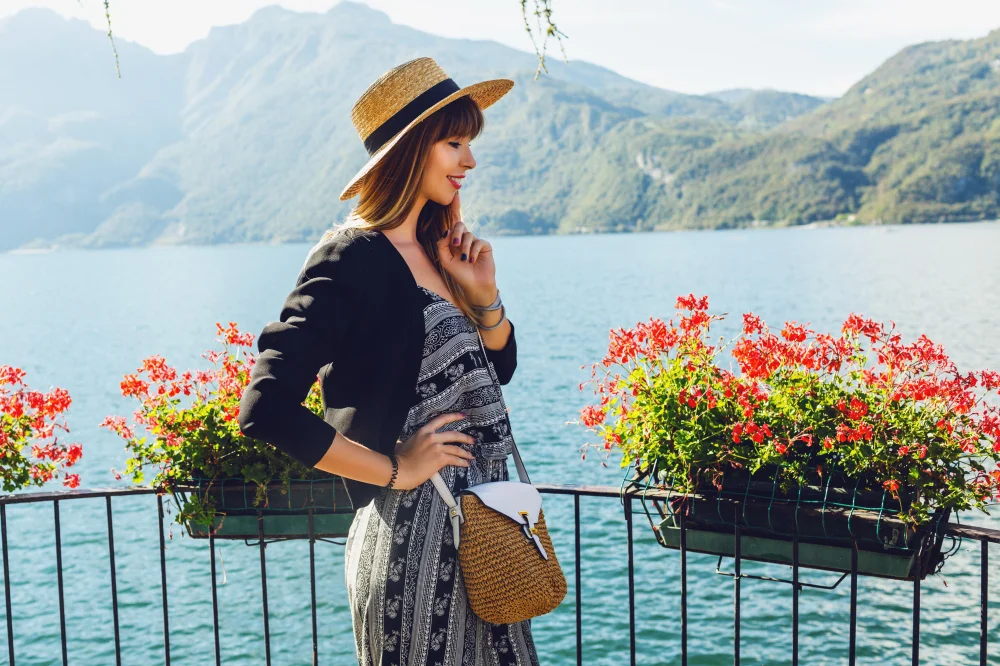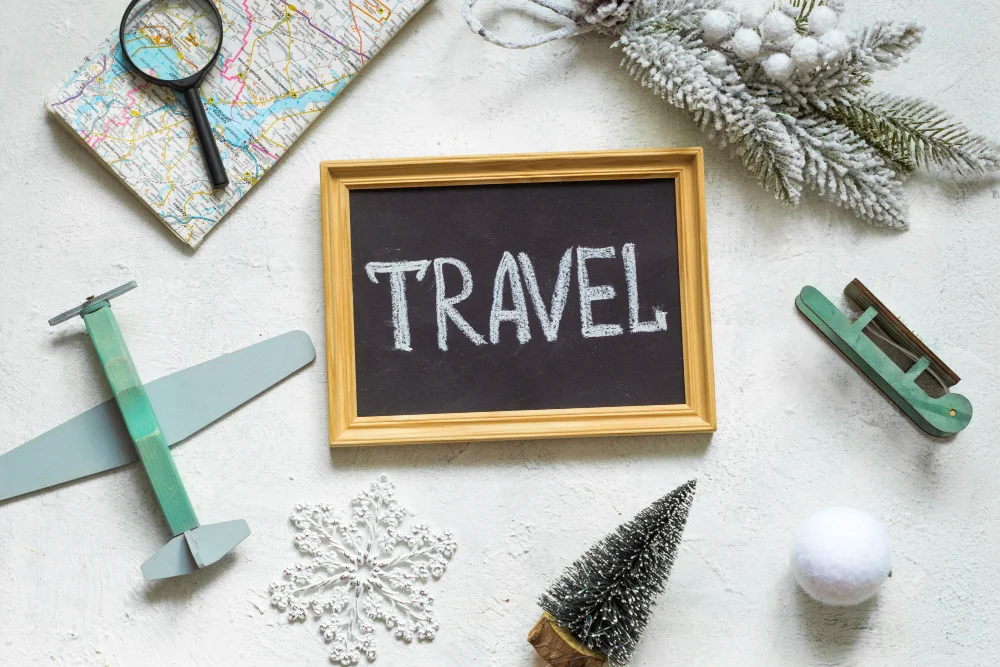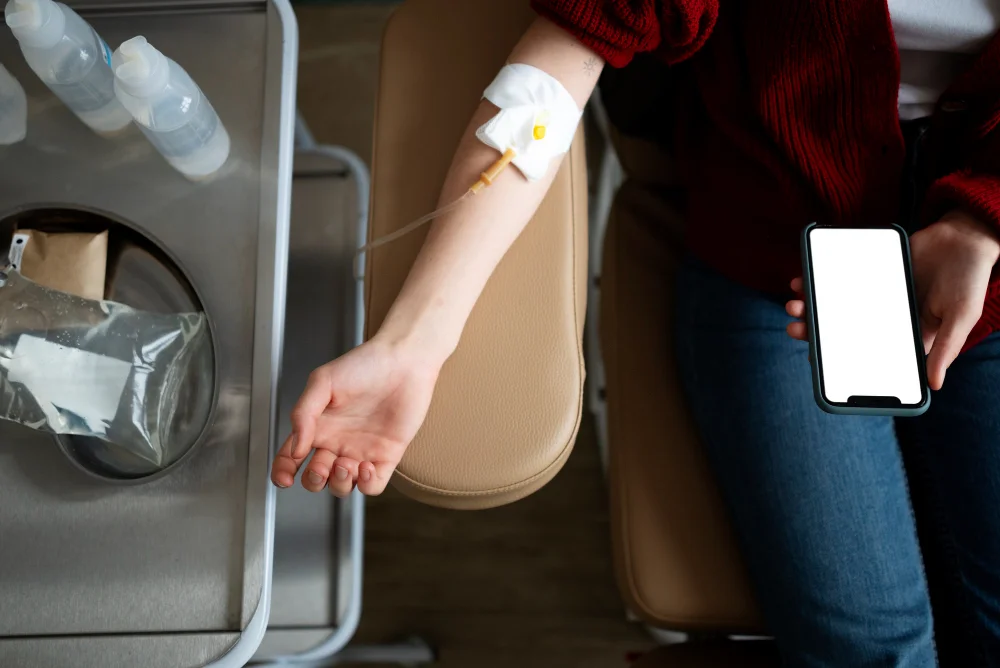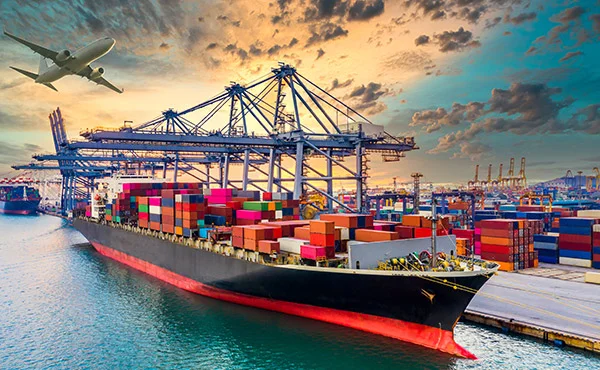Several factors can affect the cost of renting a camper in Iceland. The most important one is the type of camper you rent. Most trailers are manual and require a driver with a manual transmission. Other factors to consider include the availability of roads, camping sites, and insurance. Lastly, bringing a sleeping bag, a sleep mask (summer), and earplugs are essential.
Time of Year
A camper van is the perfect way to see Iceland at a comfortable pace. With glaciers, volcanoes, waterfalls, verdant hills, and wildlife, you can take the time to appreciate your surroundings. It’s also an excellent choice for photography enthusiasts, as you can capture breathtaking landscape photos from different perspectives.
You can save money by booking your trip during the off-season, between March and May. During this time, you’ll also find that the roads are less busy and there are more open campsites. You’ll also be able to see the Northern Lights if you’re lucky. If you’re traveling in the winter, you’ll want to bring warm clothing and a sleeping bag. You’ll also need to pack plenty of blankets, pillows, and food that can be prepared on the road. A thermos and a refillable water bottle are also a good idea. Also, remember that high winds are expected in Iceland, which can damage your doors if you’re not careful. So, be sure to open the doors slowly and carefully.
Budget
When planning a camper van trip in Iceland, it’s essential to consider the cost of food and fuel. Since these expenses can quickly add up, planning and buying groceries before heading out is best. You can save money by purchasing food that is easy to prepare, such as pasta and oatmeal, at supermarkets like Bonus or Kronan. You can also stock up on alcohol at the airport duty-free, which is much cheaper than buying it in Iceland.
Renting a campervan in Iceland is a great way to see the country on your terms and at your own pace. Instead of waiting for hotel rooms or relying on restaurants, you can roll up to your campsite and start your day. The best part is that you can sleep beside a rushing river or wake up beside a cascading waterfall, which connects you with nature in a way that no hotel room can. You’ll save hundreds or thousands of dollars on accommodation and travel costs by combining both in one package.
Road Conditions
If you’re driving a camper van in Iceland, it’s essential to understand the road conditions and what to expect. There are F roads that require a 4×4, as well as paved highways that are not accessible to non-4×4 vehicles. These roads can be very narrow and lack the space to pull off, which can be dangerous for other drivers.
Icelandic roads are relatively easy to drive, but that doesn’t mean you should ignore the speed limit or take risks. Several speed traps and cameras nationwide exist, and a fine for exceeding the limit can add up quickly.
Another thing to keep in mind is that camper vans don’t have showers, so you’ll need to stop at campsites to get clean. If you’re unsure whether a particular location has showers, try to find one on your route ahead of time to avoid surprises. It’s also worth keeping some snacks and water on hand, as prices can increase when eating out in Iceland. Before your trip, you can save money by stocking up on Icelandic staples like skyr, pulsar, and chocolate-licorice candy.
Camping Sites
When planning a trip to Iceland, it’s essential to consider the camping sites you’ll be staying at. These can range from well-equipped locations with kitchens, hot showers, and water hoses to more basic fields where you can pitch your tent. If you want to save money, you can also find free campsites throughout the country.
Iceland’s camps are often less equipped than those in other parts of Europe, so deciding what facilities are most important to you is essential. For example, some may only have a toilet or water tap, while others may have showers and WiFi.
The best time to visit Iceland is during summer, from halfway through May until the end of July. This is when the sun stays out all day, making it easy to see all the landmarks you want.
Iceland is a beautiful country year-round, but winter can be more challenging because many campgrounds are closed, and the roads will be snowy. It’s also not a good time to see the Northern Lights, as they won’t be visible in the dark.
Insurance
If you’re renting a camper in Iceland, having a good insurance policy is essential. The country has a lot of gravel roads, and driving without insurance could leave you with substantial financial losses. The best way to avoid this is to get a comprehensive policy with your credit card or travel insurance.
One of the most important things to remember when planning your trip to Iceland is that you must stay at designated campgrounds and not park or sleep on the side of the road. This is important for your safety and the safety of others on the road. Also, speeding is common in Iceland, and you can get fined for exceeding the limit.
Lastly, be aware that drinking and driving are not allowed in Iceland. This is a severe offense that can result in heavy fines. In addition, you should be prepared for the cost of gasoline in Iceland, which is sold by the liter rather than by the gallon.





